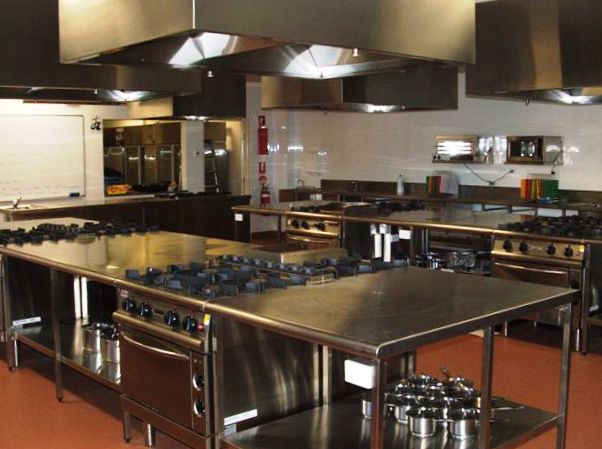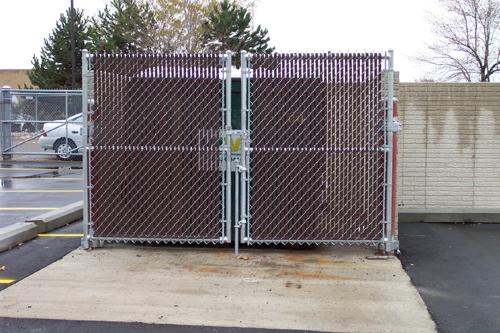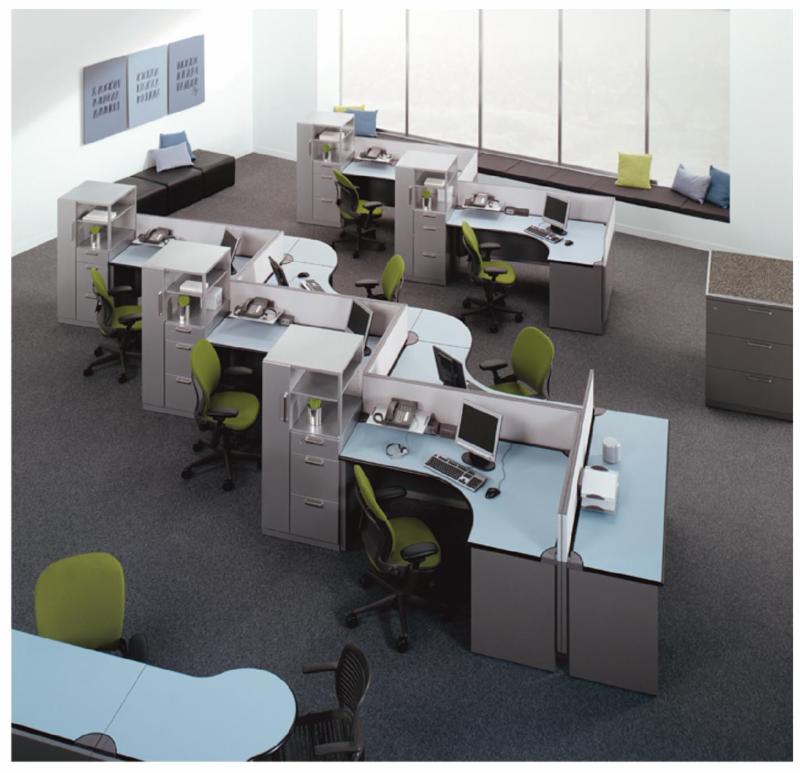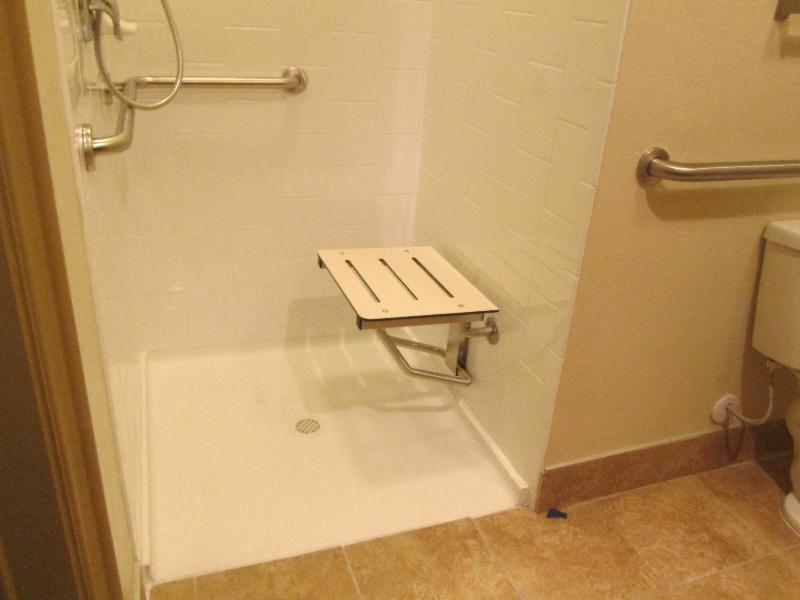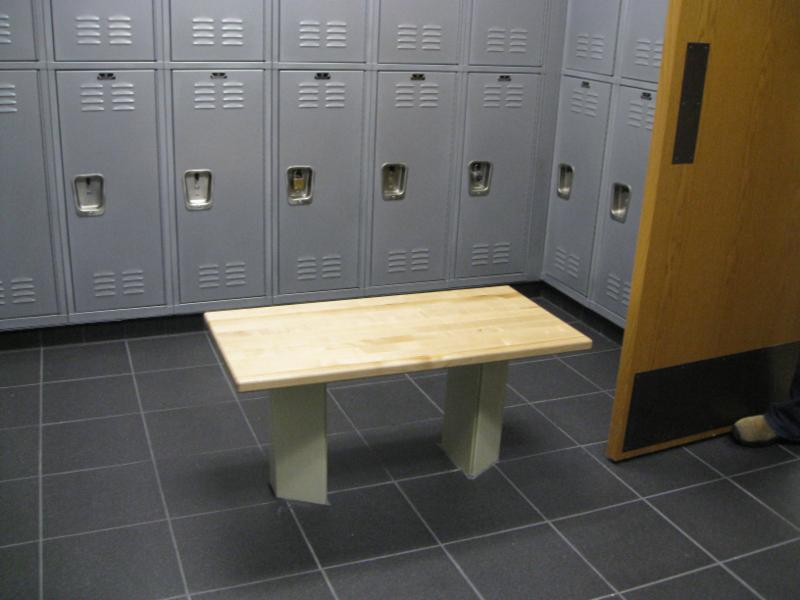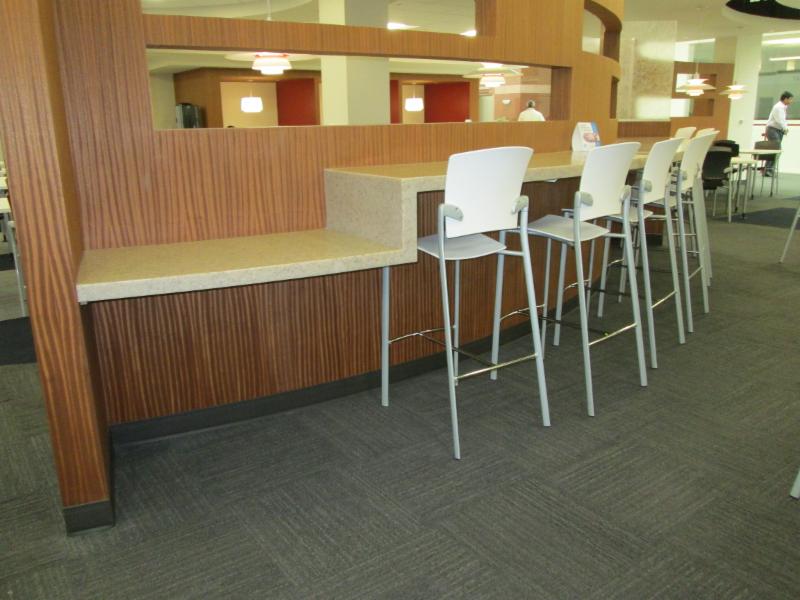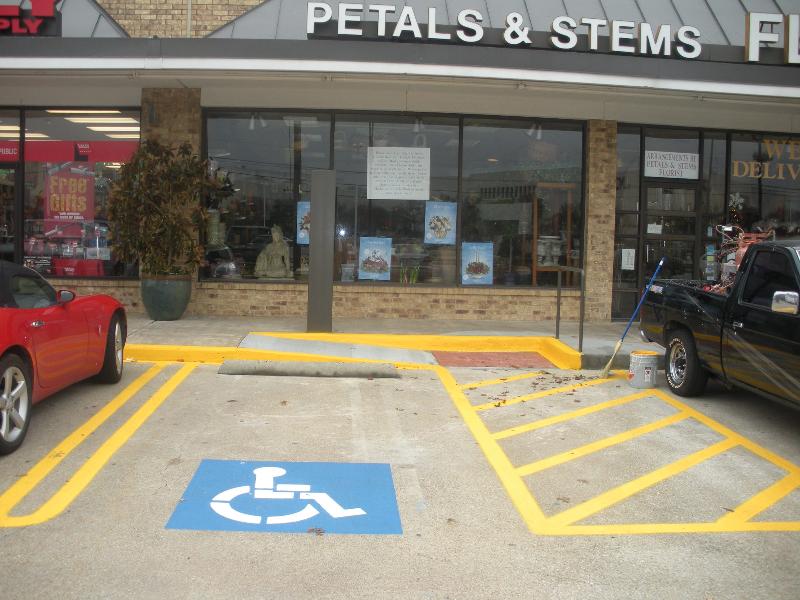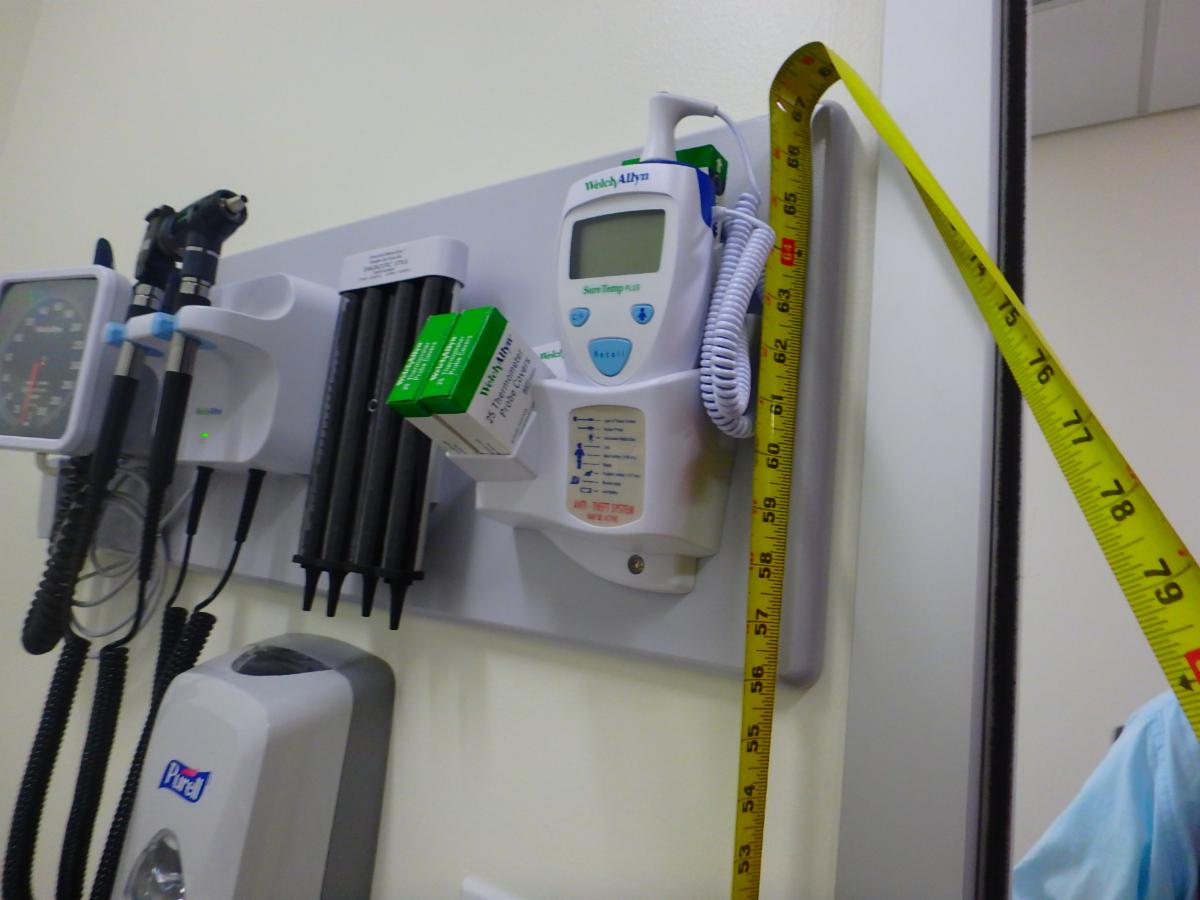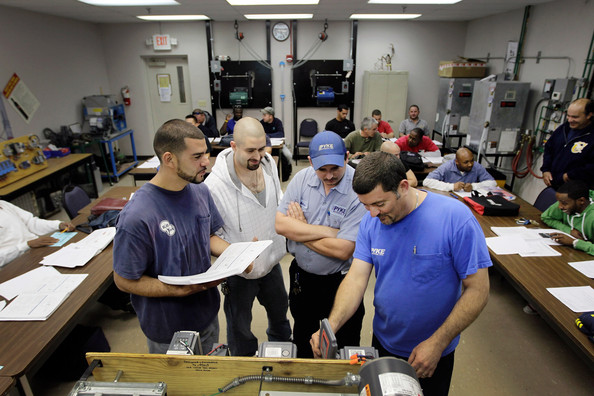Revisiting Employee Work Areas
Posted on - Wednesday, September 4th, 2019
Work AreasAccording to the ADA the definition of an employee work area is:
Employee Work Area. All or any portion of a space used only by employees and used only for work. Corridors, toilet rooms, kitchenettes and break rooms are not employee work areas.
Work Area Equipment. Any machine, instrument, engine, motor, pump, conveyor, or other apparatus used to perform work. As used in this document, this term shall apply only to equipment that is permanently installed or built-in in employee work areas. Work area equipment does not include passenger elevators and other accessible means of vertical transportation.
Per the 2010 ADA Standards for Accessible Design:
203.9 Employee Work Areas. Spaces and elements within employee work areas shall be designed and constructed so that individuals with disabilities can approach, enter, and exit the employee work area.
An example of a work area that only requires an approach, enter and exit would be a janitor’s closet. Elements within the janitor’s closet such as the faucet for the mop sink will not be required to comply.
An exam room is partially a “work” area and partially a “patient” area. The area that is only used by the doctor (the sink) will be exempted from having to comply.
Employee work areas, or portions of employee work areas, other than raised courtroom stations, that are less than 300 square feet and elevated 7 inches or more above the finish floor or ground where the elevation is essential to the function of the space shall not be required to comply with these requirements or to be on an accessible route.
What happens when an employee is disabled?The Standards sometimes provide additional guidance through “advisories”. These are NOT requirements, but they are suggestions that might make your design a better one. Below are some of the advisories on work areas:
Advisory 203.9 Employee Work Areas. Although areas used exclusively by employees for work are not required to be fully accessible, consider designing such areas to include non-required turning spaces, and provide accessible elements whenever possible.
Under the Title I of the ADA, employees with disabilities are entitled to reasonable accommodations in the workplace; accommodations can include alterations to spaces within the facility. Designing employee work areas to be more accessible at the outset will avoid more costly retrofits when current employees become temporarily or permanently disabled, or when new employees with disabilities are hired.
Circulation within a work areaIn addition to approach, enter and exit, if the employee work area is larger than 1,000 s.f.. then a common path within the work area to common use spaces shall be provided 206.2.8 Employee Work Areas. Common use circulation paths within employee work areas shall comply with 402.
Section 402 states that a minimum 36″ width shall be provided along the circulation path.
EXCEPTIONS:
1. Common use circulation paths located within employee work areas that are less than 1000 square feet (93 m2) and defined by permanently installed partitions, counters, casework, or furnishings shall not be required to comply with 402.2.
If the path is around work area equipment, then it will not have to comply with the 36″ clear width.
Common use circulation paths located within exterior employee work areas that are fully exposed to the weather shall not be required to comply with 402.
Modular furniture that is not permanently installed are not required to comply. This is for any furniture in general. They also do not require knee clearances, heights of counters etc. (according to Advisory 206.2.8 Employee Work Areas Exception 1)
|
Employee areas that are not work relatedThe requirements thus far have been for areas that are considered part of the “work” areas in a space. But there are other areas that are also part of an employee area, but are not related to the work they perform. Those areas that are NOT related to their job description will not be exempted and must comply. Below are a few examples of areas that might be for employees only, but must be fully compliant with the Standards:
Break Rooms
LEED Showers for employees
Employee Restrooms
Employee Locker Rooms
Employee dining counters
Employee parking
|
Vocational or Professional schoolsVocational schools and professional school, such as nursing school, dental school, or medical schools, and culinary schools, where they teach how to use certain “work area equipment” is not exempted. Because it is considered a “public accommodation” , the equipment or access to it will have to be provided.
One example that I have encountered lately is a nursing school with “Exam” rooms that they use to simulate being in a Dr. office examination room. In the real work area the sinks and counter and equipment in those rooms would be exempted. But in a school setting, because you cannot discriminate against a student who might be disabled, and must provide the opportunity to attend the course, accommodations will have to be available.
The number of exam rooms that must be accessible is not scoped. So in escense all teaching exam rooms would require that everything within be accessible. Sometimes that is not reasonable, and at that situation, the school will have to get a variance from TDLR or provide reasonable accommodations for the students with disabilities
|
 Abadi
Abadi 








